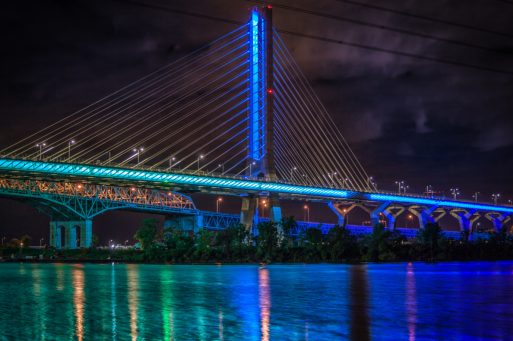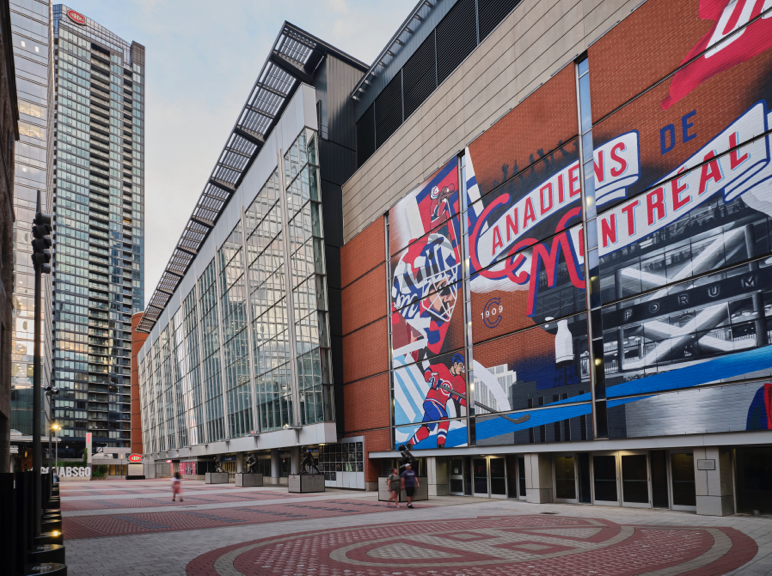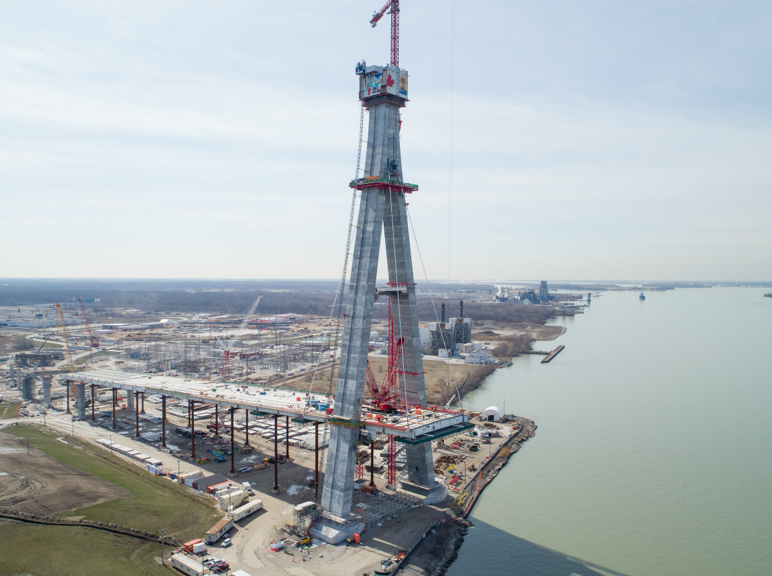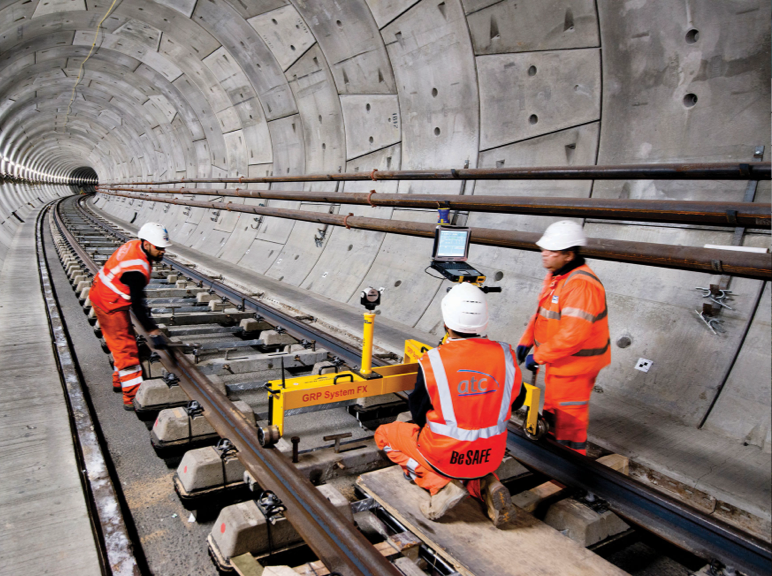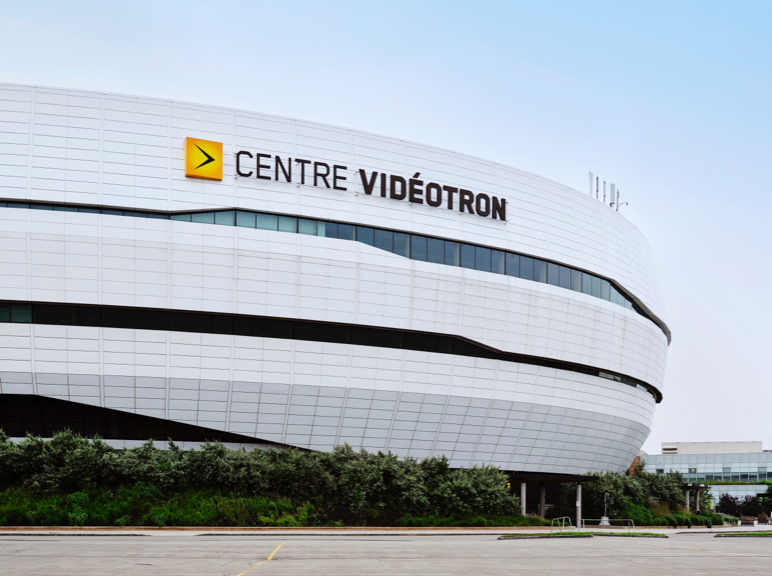Almost three and a half kilometres long, the Champlain Bridge creates a multi-use pathway that allows vehicles, pedestrians and cyclists to move safely between Montreal and the South Shore year round. Considered the busiest bridge in Canada, it connects L’Île-des-Soeurs – from the Claude-Robutel roundabout at the intersection of René-Lévesque Boulevard and Jacques-Le Ber Street – and the La Riveraine trail in Brossard. Four belvederes offer an impressive view of the St. Lawrence River, the seaway and downtown Montreal.
jobs created for 46 months directly impacting the economy of Montreal
